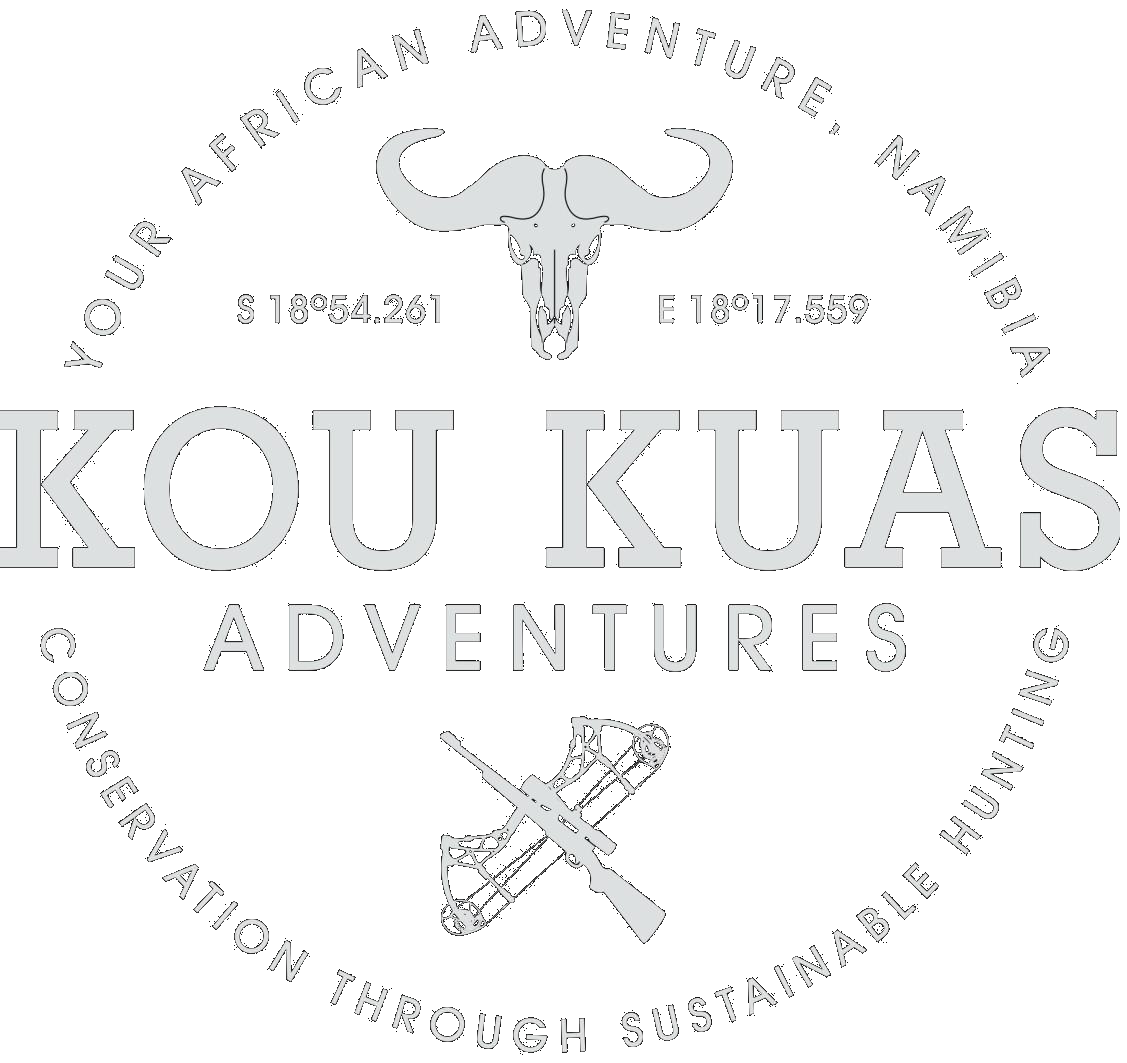Huntable Species
Exploring the Diversity and Significance of Wildlife in Hunting:
Understanding Species and Their Conservation
Experience the thrill of the hunt and contribute to conservation efforts with our selection of huntable species. Our hunting service is committed to sustainable and ethical hunting practices that prioritize conservation and community development. Explore our range of species, including Leopard, Burchell's Zebra, Crocodile, Elephant, and Warthog. We are dedicated to providing an unforgettable hunting experience while also supporting local communities through our conservation efforts. Join us for an adventure in the beautiful wilderness of Namibia and make a difference in wildlife conservation.





































